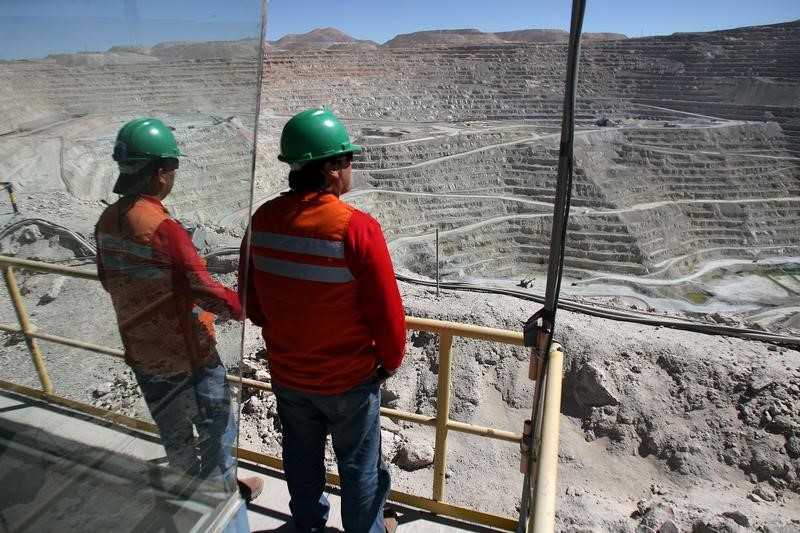The scoping study stands as the embryonic stage of a mining project's financial evaluation, a pivotal juncture that ascertains the viability of transitioning an indicated mineral resource from a mere geological occurrence to a prospective mining venture. It is an appraisal imbued with expectations and projections, where data becomes the bedrock for potential economic success.
This preliminary financial model is tailored to provide a high-level understanding of the project’s economic potential by scrutinizing the viability of extracting the indicated mineral resource. The scoping study delves into various facets: the resource's size and grade, the proposed mining method, the potential for recovery, the scale of operations, infrastructure requirements, environmental impacts, and most critically, the cost versus the market value of the commodity.
Confluence of disciplines
The scoping study is a confluence of geological, engineering, and financial disciplines, each contributing a strand to the intricate weave of project planning. Geologists provide the foundation with an estimation of the quantity and quality of the mineral resource. Mining engineers then step in, proposing practical methodologies for extraction, whether it be an open pit or underground operation, while considering the geotechnical aspects that govern the mine design.
From an infrastructure perspective, the study considers the logistics of mineral transport, the proximity to power sources, water, and the availability of labor. These elements are crucial as they can considerably affect the project’s capital and operational expenditure profiles. In parallel, the study also assesses the environmental footprint, gauging the potential impacts on local ecosystems and communities, which can significantly sway public opinion and regulatory approval.
Financial scrutiny
On the financial side, the scoping study provides the initial brushstrokes of the economic canvas, outlining the projected capital costs, operating costs, and revenue streams. It employs broad brushstrokes, often using industry benchmarks and preliminary data, to establish a preliminary cash flow model. This model is instrumental in determining the project’s net present value (NPV) and internal rate of return (IRR), two critical indicators of economic viability.
Furthermore, the scoping study is not merely a static snapshot; it is an evolutionary document that reflects the dynamic nature of the mining industry. It must account for fluctuating commodity prices, regulatory changes, technological advancements, and potential risks and uncertainties that could influence the project's financial outcome.
The study is also a strategic tool for stakeholders, offering the first glimpse of economic potential to investors, partners, and regulatory bodies. It must, therefore, be crafted with meticulous care, balancing optimism with realism, to paint an engaging yet credible picture of the project’s prospects. For junior mining companies, a positive scoping study can be the catalyst for share price appreciation and the attraction of further investment to advance the project to the next stages of development.
And finally...
In the vast and complex world of mining, the scoping study is akin to the nautical charts of old, guiding adventurers through uncharted waters, with the potential for great reward. It requires a blend of foresight, expertise, and prudence to navigate the uncertainties and lay the foundations for what could be the next significant mining operation.
In essence, the scoping study is a testament to the adage that 'well begun is half done.' It is the first step in a meticulous journey from concept to commodity, which requires a careful blend of science, strategy, and speculation. It encapsulates the essence of the mining industry's pioneering spirit, where every venture begins with a vision, grounded in data, projected through financial lenses, and aimed at unearthing the treasures that lie beneath our feet.
